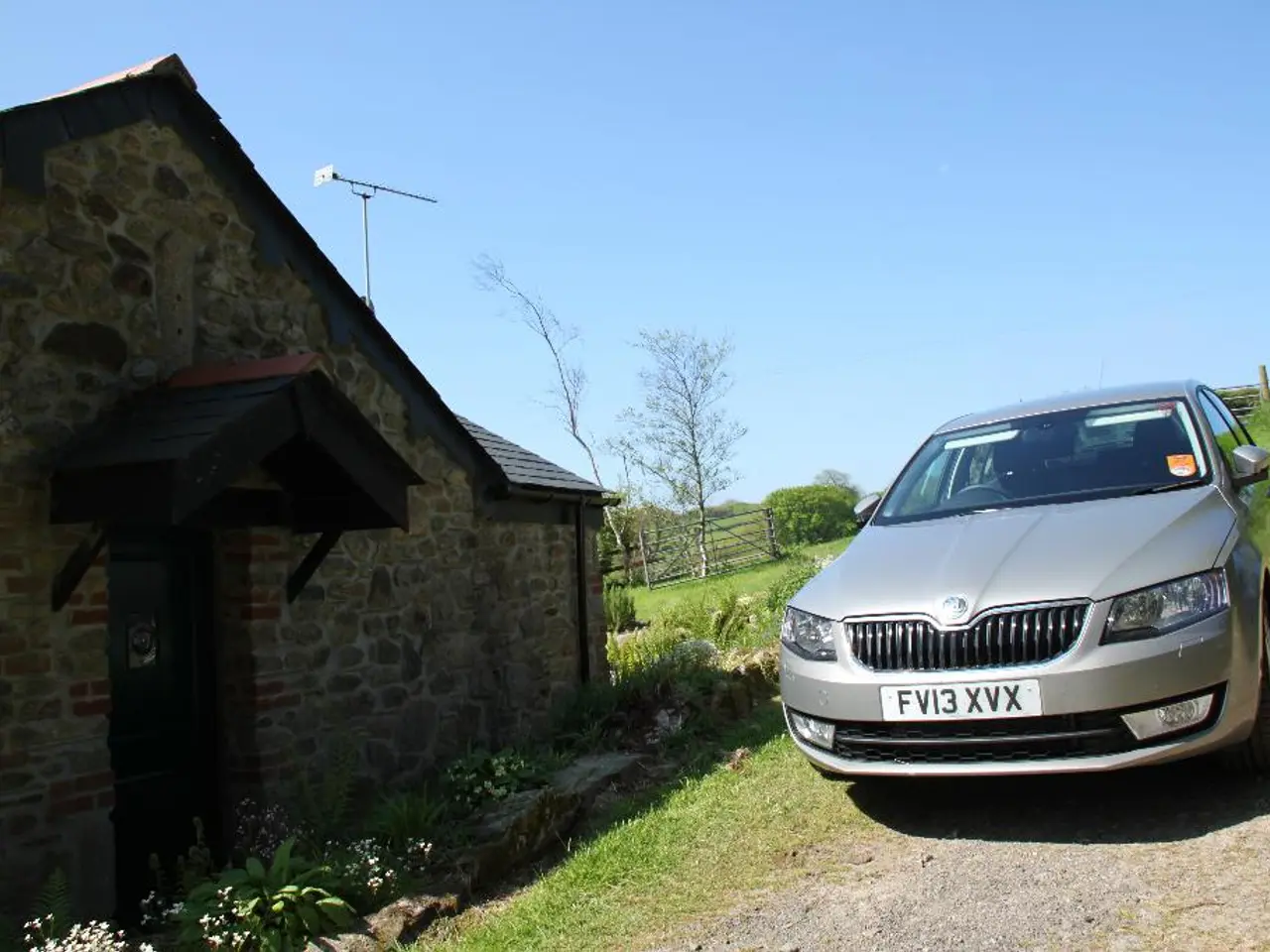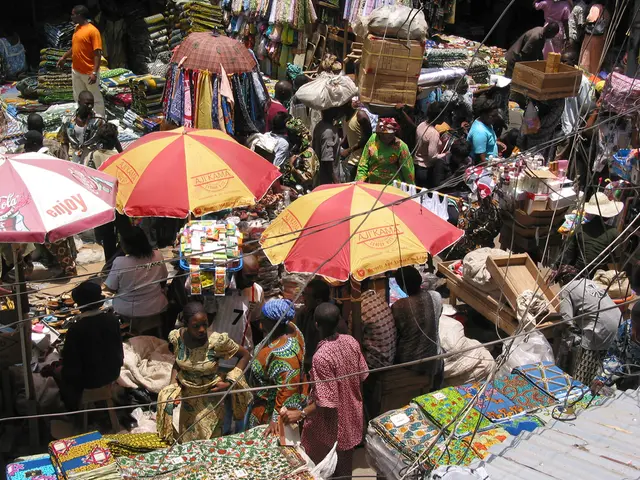Hydrogen energy project in Australia advances, moving closer to supplying clean, eco-friendly power
NSW's Good Earth Green Hydrogen and Ammonia Project Reaches Financial Close
The Good Earth Green Hydrogen and Ammonia (GEGHA) project, located near Moree in NSW's north west, has received financial approvals to move into detailed design and procurement. This significant milestone was reached in July 2025, paving the way for construction to begin in October of the same year.
The GEGHA project is a joint venture between New Zealand's Hiringa Energy and Sundown Pastoral Company. The facility, situated adjacent to Sundown's Wathagar cotton ginning facility, is set to become the first large-scale green hydrogen and ammonia facility in NSW.
Upon completion, the facility will produce up to 4,500 tonnes of low-carbon ammonia fertilizer annually, replacing conventional fossil fuel-based fertilizers. Additionally, it will generate about 224 tonnes of green hydrogen per year, which will be used for Hiringa Energy’s heavy vehicle refueling network and replacing diesel in farm irrigation systems.
The environmental impact of the project is expected to be substantial. It is estimated that the GEGHA project will eliminate up to 17,000 tonnes of CO₂-equivalent emissions annually, comparable to removing 6,500 cars from the road or planting 500,000 trees.
The project will also support Sundown Pastoral Company’s sustainable and traceable Good Earth Cotton operations by supplying green fertilizer locally, with surplus fertilizer available to other regional farmers. This integration of low-carbon ammonia into regional farming demonstrates a practical and scalable approach to integrating renewable energy within regional agriculture, fostering a transition away from fossil fuels in both fertilizer production and farm operations.
The first stage of construction for GEGHA is expected to begin in October, with the installation of solar panels, followed by the hydrogen and ammonia plant in early 2026. Over the next 20 years, GEGHA is expected to reduce regional farmers' CO2 emissions by up to 17,000 tonnes each year, equivalent to powering more than 2,000 homes.
The GEGHA project, along with others in the NSW Hydrogen Hubs Initiative, is taking significant steps towards reducing carbon emissions in essential industries. Since 2023, the NSW Government has awarded $109.3 million in funding to projects in the Hunter, Port Kembla and Moree regions to help reach the green hydrogen production capacity target of 700 megawatts (MW) by 2030.
David Statham, Owner of Sundown Pastoral Company, states that agriculture is always adapting, and the GEGHA project allows them to further control the reduction of their emissions. The project demonstrates how low-carbon ammonia can be integrated into regional farming through a scalable, cost-effective model.
As the demand for fibres that demonstrate a lower footprint continues to grow, the GEGHA project caters to this demand. The ammonia produced will be used for fertiliser on Sundown Pastoral Company's Keytah farm and other agricultural properties in New England. The GEGHA project paves the way for decentralised production of fertiliser across NSW's agricultural valleys, cutting emissions, meeting demand, and driving a more resilient regional economy.
For the latest news about the hydrogen market, please visit the specified website.
- This significant milestone in the Good Earth Green Hydrogen and Ammonia (GEGHA) project marks a transition from financial approvals to detailed design and procurement, with construction set to begin in October 2025.
- The GEGHA project, located near Moree in NSW's north west, is the first large-scale green hydrogen and ammonia facility in the state, and upon completion will produce low-carbon ammonia fertilizer and generate green hydrogen.
- The project, a joint venture between New Zealand's Hiringa Energy and Sundown Pastoral Company, is expected to reduce regional farmers' CO2 emissions by up to 17,000 tonnes each year, equivalent to powering more than 2,000 homes.
- The environmental science community expects the GEGHA project to have a substantial impact, eliminating up to 17,000 tonnes of CO₂-equivalent emissions annually, comparable to removing 6,500 cars from the road or planting 500,000 trees.
- The integration of renewable energy within regional agriculture, demonstrated by the GEGHA project, presents a scalable, cost-effective model for fostering a transition away from fossil fuels in both fertilizer production and farm operations, in line with the industry's response to climate-change concerns.




